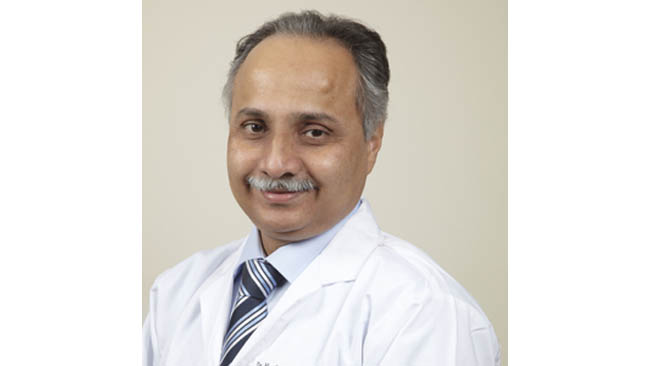
Even after path breaking advancements made in the field of oncology, only 15% of the Indian population has access to timely and comprehensive treatment support. While the incidences of cancer are continuously on a high, and at this rate the incidences are expected to be doubled within the next decade, attributing to factors like demographic profile, life expectancy, growing economy, lifestyle, etc.
With very little percentage of cancer patients having access to comprehensive and timely treatment support, a need to face this issue has arisen.
One of the major issues is that a huge amount of our resources are spent on treatment only on advanced stages of cancer with only a life expectancy of hardly 6 months (which could have been better if treated timely). It is heartening to realise that almost 60 per cent of cancer is preventable. While it is high time to efficiently utilize the resources on cancer prevention and early diagnosis, it would be extremely beneficial for the patients and society at large. “ said Dr. Harit Chaturvedi, Chairman – Max Institute of Cancer Care, Max Super Speciality Hospital, Saket, New Delhi
In the last two decades, we have seen dramatic growth in trained manpower and number of comprehensive cancer centres. In fact, in the last fifteen years, these numbers would be more than the total work done in the hundred years before that. There is a need to understand our disease pattern and response to treatment. To execute this, we need the infrastructure for research.
“In early stages, the treatment outcomes are very gratifying, less expensive and there is minimal treatment-related morbidity. The operational cost of such a setup would be less than 5 per cent of operational cost of a hospital. Tobacco contributes to more than two-thirds of patients in this segment and the other preventable causes are related to diet, lifestyle, vaccine for cervical cancer, liver cancer, etc. Proper education using IT and mass communication tools, with focus from primary education level onwards, could change the scenario rapidly.” Added Dr Chaturvedi
Major centres could be attached to nearby larger treatment facilities. Probably lot of diagnostic load from hospitals would also shift. These centres should be well equipped with imaging, endoscopies and biopsy procedures.
The SOPs should ensure that more than 80 per cent of the patients are adequately attended in less than 72 hours. No cancer facility is complete without a comprehensive palliative care setup as an integral part, and it’s high time we bring the palliative care program centre stage.